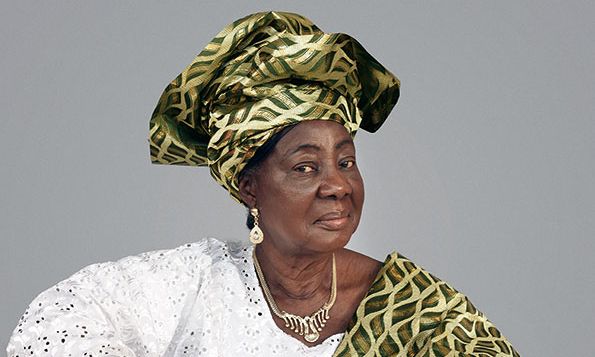Alice Mann’s image of Victoria Olanrewaju from (Always) Wear Your Best on a Sunday (2014-16) Courtesy of the artist and Afronova Gallery
How can photography document the world and also function as a creative medium? That is the challenge that British documentary photography—focused on the everyday scenes of British society—grappled with in the 1930s when a swell of Modernist thinking came to Britain from Europe. Notable examples were the Hungarian László Moholy-Nagy, whose dramatic photographs became known through The Street Markets of London (1935), and the German Bill Brandt, whose The English at Home (1936) was, according to Gerry Badger, the photography writer and critic, the “most significant photobook of the decade”. Moholy-Nagy worked rapidly and unobserved, using experimental perspectives to capture the spontaneous and momentary, while Brandt’s technical and compositional innovations gave his images an unusual narrative quality.
This is where Badger’s extravagantly illustrated survey Another Country begins. His new book brought to mind the exhibition catalogue How We Are: Photographing Britain (Tate 2007), which Badger contributed to, but the chronological focus here is tighter. In the immediate post-war period, the groundbreaking photojournalistic magazine Picture Post (1938-57) became the main publishing vehicle for documentary photography, with the Independent Group at the Institute of Contemporary Arts in London playing an important role in exhibiting photography during the 1950s. It was here that the lively street scenes of Nigel Henderson and his friend Roger Mayne, often of children playing, gained particular status.
Nick Hedges's Lunchbreak cabin joke, Steel furnaces, British Steel Bilston (1977) © The artist
In the 1960s, the mass media of television, advertising and music became increasingly important, even as the innovation of Sunday newspaper colour supplements brought documentary photography to new audiences. Photographers outside of London began to gain significant recognition, too, with Oscar Marzaroli and Joseph McKenzie recording Scotland’s urban transformation primarily during these years.
Politics and photography became more closely entwined in the 1970s, and the decade’s political strife gave photography a fresh impetus. At the same time, it became a collectable art form as photography courses emerged in colleges and art schools across the country and photography galleries and magazines became more prominent. At the same time women photographers began to shift the field once again. The activist arts collective Hackney Flashers (1974-80), including the photo therapist and photographer Jo Spence, used documentary photography to highlight poverty in East London.
The political stimulus continued in the 1980s and 1990s, when colour photographers Paul Graham and Martin Parr came to the fore through the books they published and the critical debate surrounding them. Photography commenting on race, class and gender in Britain became more common too. Ingrid Pollard and Maud Sulter formed the Black Women’s Creativity Project, while Richard Billingham’s family photography broke new ground with the squalid realism of his photobook, Ray’s a Laugh (2000).
Elaine Constantine’s, Mosh (1997) © The artist
In the new millennium, photography has become part of the digital revolution of electronic communication and social media, while strategies and subjects continue to develop. At the same time as Mark Neville investigates the social function of photography and collaborates with his subjects, the importance of mental health is foregrounded in the work of Dan Wood and Léonie Hampton.
At times while reading Another Country I wanted to know more. Vignettes on individual works by some photographers are dotted around, but not always, and it is frustrating, especially with less well-known names. Badger gives a clear account of the shifts in documentary photography as an art form in Britain from 1945 to the present day, but it is the social, cultural and political climate of each decade that has been the biggest impetus for change, and it is these important contexts that Badger conveys so concisely and well, showing how they helped to shape new generations of documentary photographers, intent on recording life and death in a creative way.
Gerry Badger, Another Country: British Documentary Photography Since 1945, Thames & Hudson, 312pp, 250 colour and b/w illustrations, £50/$65 (hb), published 19 May (UK) and 19 July (US)
• Beth Williamson is an art historian and writer specialising in the history and theory of 20th-century art in Britain. She is currently writing a book on William Johnstone

